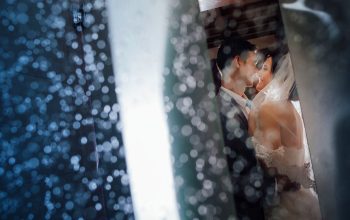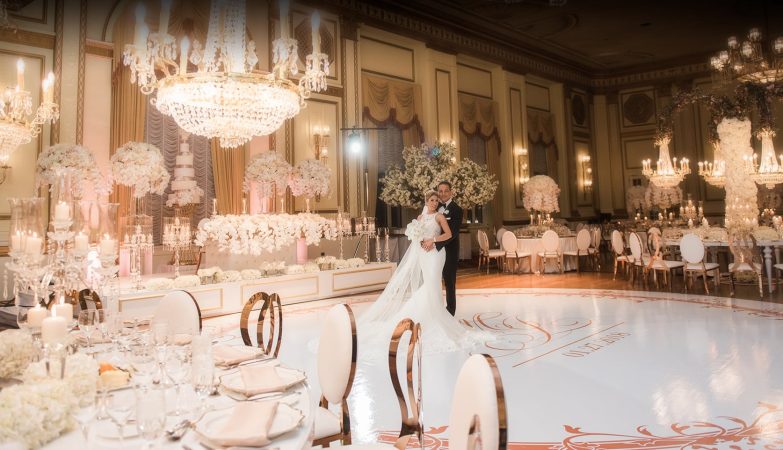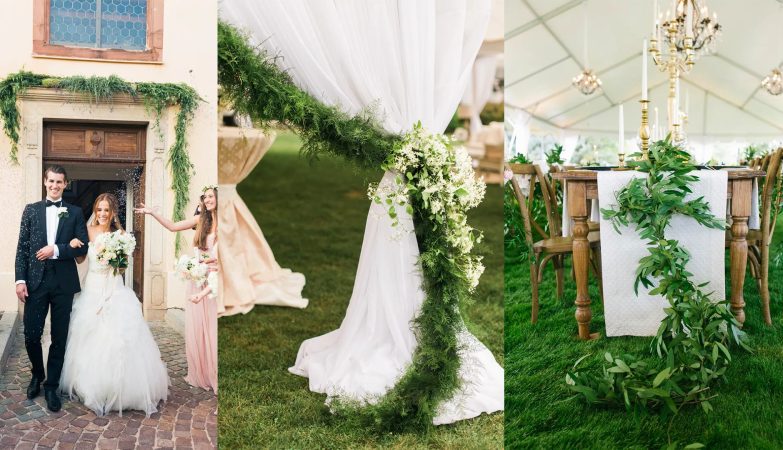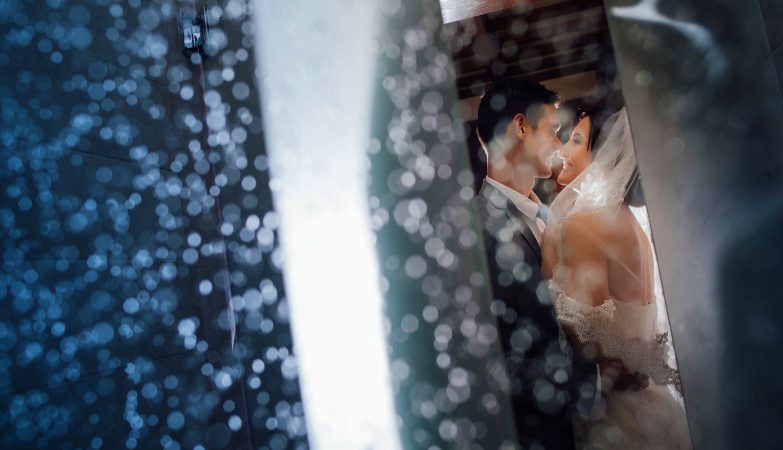
Silhouette Photography has a dramatic and mysterious look. You may sometimes have accidentally taken silhouette photos and wondered how you did it!
In this article, I’ll let you in on the secret tips to creating spectacular silhouette photography. I’ll walk you through the camera settings that make taking silhouette pictures easier. Along the way, I’ll give you my top tips for making your silhouette photos a success. Once you understand the basic technique for creating silhouette photography, challenging lighting conditions become photographic opportunities.
What Is Silhouette Photography?

A silhouette is a dark subject photographed against a bright background. The subject may be a person or an object, but we only see its form. We don’t see the details. Usually, we want to balance the exposure in our images. We want to be able to see both the background and the subject.
But with silhouette photography, we want our exposures unbalanced. In a silhouette picture, we want a bright background to be properly exposed, while the subject goes dark and loses all or most of its detail.
Silhouettes photography take advantage of what might otherwise be challenging lighting conditions. Specifically, when the background is much brighter than the subject. You may have tried shooting silhouettes before and wondered what you did wrong. For instance, if you’re shooting an image of birds in flight against a bright sky.
How To Photograph A Silhouette

Shooting silhouette photography is easy once you know the basics. It’s mostly about where you stand in reference to a light source. You’ll need:
- A subject with a strong and identifiable shape.
- A strong light source. The sun works!
- A position that is in line with your subject and the light source.
- A digital camera set on a small aperture (a large number like f16) and Spot metering mode.
How To Choose A Subject For A Silhouette Photo

Silhouettes focus on the form of the subject. Color and details of the subject will be dark, so the form has to be strong and have a clear outline. To create a silhouette, choose a subject with a distinctive shape.
Silhouette photos of people are particular favourites. The human form is easily recognizable. There are a few things to think about when creating silhouette shapes. Look for separation. It’s the space around the subject that defines it. If there is no separation between the subject and other elements in the image, the silhouette loses its recognizable shape.
When photographing silhouettes of people, try to shoot them in profile. Profiles have more detail. We can see the shape of the face and body, even if we can’t see details. Look for a little space between legs and arms.
When there’s more than one person, look for separation between the people. If you’re not careful enough, the silhouettes will start to merge and look like one person with an extra head or arm. Silhouettes are dark, but that doesn’t mean the subject has to be completely black. A little color or detail showing in the silhouette photos entices the viewer to look a little closer.
How To Find A Strong Light Source

I can use any strong light source to create silhouette photography. The sun works, but it needs to be behind the subject. This makes sunset and sunrise prime times for silhouette photography. Beach silhouettes are particular favourites. The water and sky provide a minimal background. Wait until the sun is low in the sky. Then place the people you’re photographing in silhouette between you and the sun.
Silhouette photography often takes advantage of the sun as a strong light source, but it can be basically any light. A streetlight works or you can bring your own light. Because the light is behind the subject, this is sometimes called “backlighting.” This term is used primarily in studios.
How To Position Yourself

If you have a distinct subject and a strong light source, but you’re not getting a silhouette, change your position. The trick is in the relationship between elements. Place the subject you want to silhouette directly between you and a strong light source.
You can choose to include the light source in your image or block it completely with your subject. I’m partial to sunbursts, so I like to include these in my images. I create sunbursts by choosing a small aperture like f22.
It’s all about the angle. A slight step to the side will change your relationship to the subject and the light source. I also like to include a bit of rim light on my silhouette photography. Rim light highlights at least one edge of the subject. The strong backlight wraps around the subject and allows for some detail.
Finally, to make silhouette pictures, we need to understand a little bit about how our cameras balance light in the scene. We need to understand metering modes.
How To Understand Metering Modes On Your Camera

Metering modes can get complicated. I’m just going to cover the highlights here so you can better understand why Spot metering mode is best for creating silhouettes.
Digital cameras read light in the scene and try to figure out how best to balance exposure. Our cameras sometimes don’t quite guess correctly, and that’s why you may have made accidental silhouette photography.
You have some choices in how your camera reads and balances the light. These are called “metering modes”. Different camera models sometimes use different terminology, but there are three main choices:
- Whole Scene: Called Multi (Sony), Evaluative (Canon), or Matrix (Nikon). Averages light across the entire scene.
- Center: Called Center (Sony)Center-Weighted (Canon, Nikon). Averages light crosses the entire scene but gives the centre exposure more importance.
- Spot: Called Spot by the leading camera brands (Sony, Canon, and Nikon). Exposes for a specific spot that you select. Usually defined by where you’re focusing.
Spot metering is the best for making silhouettes.
In a silhouette, I want certain parts of my image to be well-exposed and other parts to be under-exposed. If my camera exposes for the whole scene or even the centre, it will try to even out exposure differences. In Spot metering mode, I’m telling my camera precisely what part of the scene I want well-exposed. In the case of silhouettes, I want a bright background to be well-exposed, making my subject go dark.
First, I choose a small aperture (a large number like f16). I press my shutter button halfway down, focusing on the background. I might move my camera a bit with the shutter button still halfway pressed to recompose the picture. This places my subject where I want it in the frame.
At f16, the entire scene will be in focus. Most of the details in the subject are lost in the silhouette, so focus doesn’t matter too much. It’s just the edges of your subject that need to be in focus.
Press the shutter, and there you go!
If your subject isn’t dark enough, adjust your exposure compensation dial to -0.3 or -0.7 to darken the entire image a bit.
To create a silhouette on your phone, tap the screen on the bright background rather than on the subject. This tells your phone’s camera that the background is most important. This is what should be well-exposed.
Finally, don’t use flash when creating silhouettes. Flash is all about bringing out the detail of your subject. For a silhouette, we want the subject to be under-exposed.
Conclusion
Silhouette photography needs three things: you, a subject with strong form, and a strong light source. Look for an uncluttered background. It’s all about the shape of the silhouette. Keep everything else simple.
The sun is a good light source. The best time for silhouette photography is when the sun is low in the sky. It’s easier to place the subject between you and the sun. Use Spot metering mode and a small aperture. Focus on the bright background.
Creating stunning silhouettes is all about where you stand in relationship to your subject and the light. Place your subject between you and the light source. Now you’re equipped with all the info you need, get out there are shoot some stunning silhouettes!
originally posted on expertphotography.com by Jenn Mishra






